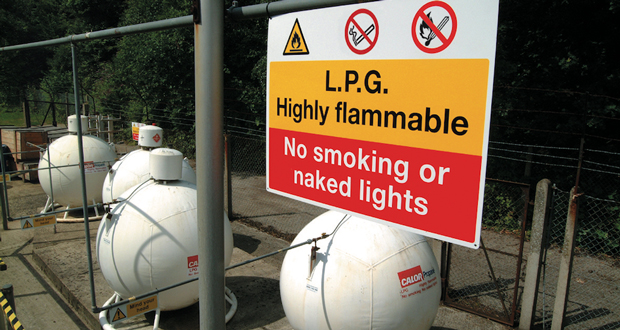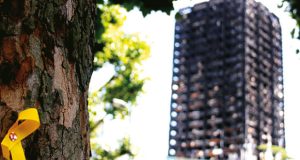PRACTICAL GUIDANCE
Signboards, as the physical signage is referred to in the regulations, should be permanent (unless the workplace or hazard is temporary), durable, securely fastened and properly maintained. They should also be large enough to be seen easily and designed or selected to ensure clear understanding. For example, it should be apparent where and what the hazard is, or where the required equipment is located.
BS EN ISO 7010, introduced in 2011, is the current technical standard for prescribing safety signs. This legislation was adapted from the previously used BS 5499 to provide standardised signage for all European Union member states and remains the standard used in the UK.
While the regulations state that only ISO 7010 compliant fire safety signage should be installed, currently BS 5499 signs do not need to be immediately replaced. However, to ensure consistency, BS 5499 signs cannot be mixed with ISO 7010 compliant signage, meaning that when existing signs are replaced, all signage on the premises must be updated to ISO 7010 versions.
There are five specific categories of safety signage, each of which has specific ‘intrinsic features’ such as the colour, shape and design to aid recognition, especially in an emergency. While the regulations allow some variation in terms of the design, these intrinsic features must be maintained. Further information on the features of particular signage can be found in guidance documents from the HSE.
- Prohibition signs – round with red edging, a diagonal line and black pictogram. These are used to prohibit behaviour that would cause a hazard or impact health and safety. For example, ‘No smoking’, ‘No access for unauthorised persons’ or ‘Do not touch’.
- Hazard/Warning signs – triangular with yellow background, black edging and a black pictogram. These are used to alert people to a potential hazard or danger, such as high voltage or dangerous materials.
- Mandatory signs – round with a white pictogram on a blue background. These are instructional signs, used to direct behaviour to ensure safety. For example, ‘Eye protection must be worn’.
- Fire equipment signs – rectangular or square with a white pictogram on a red background. These indicate the location of fire flighting equipment.
- Emergency escape or first-aid signs – rectangular or square with a white pictogram on a green background. These signs provide information designed to enhance safety by directing people to emergency exits, assembly points and first aid materials.
The design and placement of these signs should be considered carefully to ensure they are effective. They should be placed at an appropriate height, usually eye level, taking into account any potential obstacles that may impact the visibility. The viewing distance should also be considered. For example, in large open plan areas such as sports halls and stadiums, larger signs should be used to mark fire exits and ensure they can be seen easily.
It is also important to avoid using too many different signs in an area as this can lead to confusion and important information or instructions being missed. It is also advisable to remove signs when they are no longer necessary, for example if the hazard is no longer present, to avoid presenting misleading information.
SUPPORT FROM SUPPLIERS
The task of ensuring that all the correct and compliant signage is in place can be difficult, especially for large and complex sites or where a facilities manager is responsible for multiple sites. Working with an experienced and accredited signage supplier has a number of benefits, including peace of mind that all the signs supplied are fully ISO 7010 compliant. Leading suppliers will also be able to provide specific and tailored guidance for the site or premises in question to ensure all legal obligations are met. This can include carrying out a site survey to establish all the needs of the business and offer professional advice on the best options available.
Workplace signage has an important role in ensuring a safer environment for employees where the risk from a given hazard cannot be completely eliminated using other methods. However, ensuring all the correct signage is used in the right place across a business premises can be complex. Therefore, engaging with an experienced and reputable supplier, who can provide valuable support in assessing and fulfilling the needs of the business, is essential.





